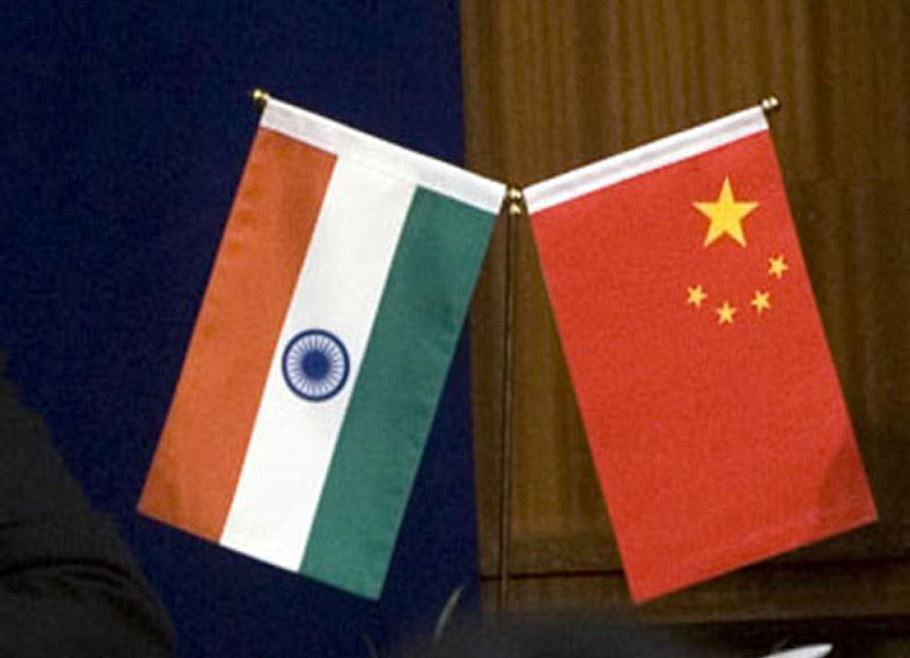
India on Thursday (June 25) alleged that China had flouted a 1993 agreement by amassing a large number of soldiers along the Line of Actual Control (LAC) between the two nations since early May.
New Delhi also warned that if the ongoing stand-off between the Indian Army and the Chinese People’s Liberation Army (PLA) along the LAC in eastern Ladakh continued further, it would “vitiate the atmosphere” for development of overall India-China relations.
Beijing too accused New Delhi of flouting the agreements China and India signed in 1993 and 1996 to maintain peace and tranquility along the disputed boundary between the two nations.
“At the heart of the matter is that since early May, the Chinese side has been amassing a large contingent of troops and armaments along the LAC,” Anurag Srivastava, the spokesperson of the Ministry of External Affairs (MEA), said in New Delhi. “This is not in accordance with the provisions of our various bilateral agreements, especially the key 1993 Agreement on the Maintenance of Peace and Tranquility along the Line of Actual Control in the India-China Border Areas.”
The 1993 agreement had been signed when the then Prime Minister P V Narasimha Rao had visited Beijing and met Chinese Premier Li Peng. It had for the first time officially recognized the LAC as the de facto boundary between the two nations.
The agreement is still considered as the first major step by India and China to maintain peace and tranquility along the long-disputed boundary between the two nations. The two nations, according to Article II of the pact, had agreed that each side would “keep its military forces in the areas along the LAC to a minimum level compatible with the friendly and good neighbourly relations” between them.
“Respecting and strictly observing the Line of Actual Control is the basis for peace and tranquility in the border areas and explicitly recognized so in the 1993 and subsequent agreements,” said the MEA spokesperson. The 1993 agreement was followed by four other pacts, which were signed in 1996, 2005, 2012, and 2013, all intended to ensure peace along the LAC and avert flashpoints.
Srivastava said that the Indian Army had to respond to the build-up by the Chinese PLA with “counter-deployment” resulting in the stand-off. “The deployment of a large body of troops and changes in behavior has also been aggravated by unjustified and untenable claims. The recent shift in the Chinese position on the Galwan Valley is one example,” said the MEA spokesperson.
New Delhi already dismissed Beijing’s claim of sovereignty over the Galwan Valley, where the Indian and Chinese soldiers had a “violent face-off” on June 15 last. The Indian Army lost 20 of its soldiers. The Chinese PLA too suffered casualties, but it did not make public the numbers of its personnel killed or injured in the incident.
The Corps Commanders of the Indian Army and the Chinese PLA had a marathon meeting on June 22 and finally reached a consensus to continue the process of “disengagement and “de-escalation”, which was originally agreed upon on June 6 but went wrong in Galwan Valley. The senior diplomats of the two nations also had a video-conference on June 23.
“We expect that the Chinese side to sincerely follow up on this understanding and ensure the expeditious restoration of peace and tranquility in the border areas,” said the MEA spokesperson. “A continuation of the current situation would only vitiate the atmosphere for the development of the relationship”.
China’s ambassador to India, Sun Weidong, on the other hand, said that Article I of the 1993 agreement, as well as Article II of the 1996 agreement, clearly stipulated “the activities of the two sides near the LAC”. “Actions taken by the Indian side are not in consonance with the spirit of above-mentioned agreements,” he said in an interview to the news-agency PTI in New Delhi on Thursday.
